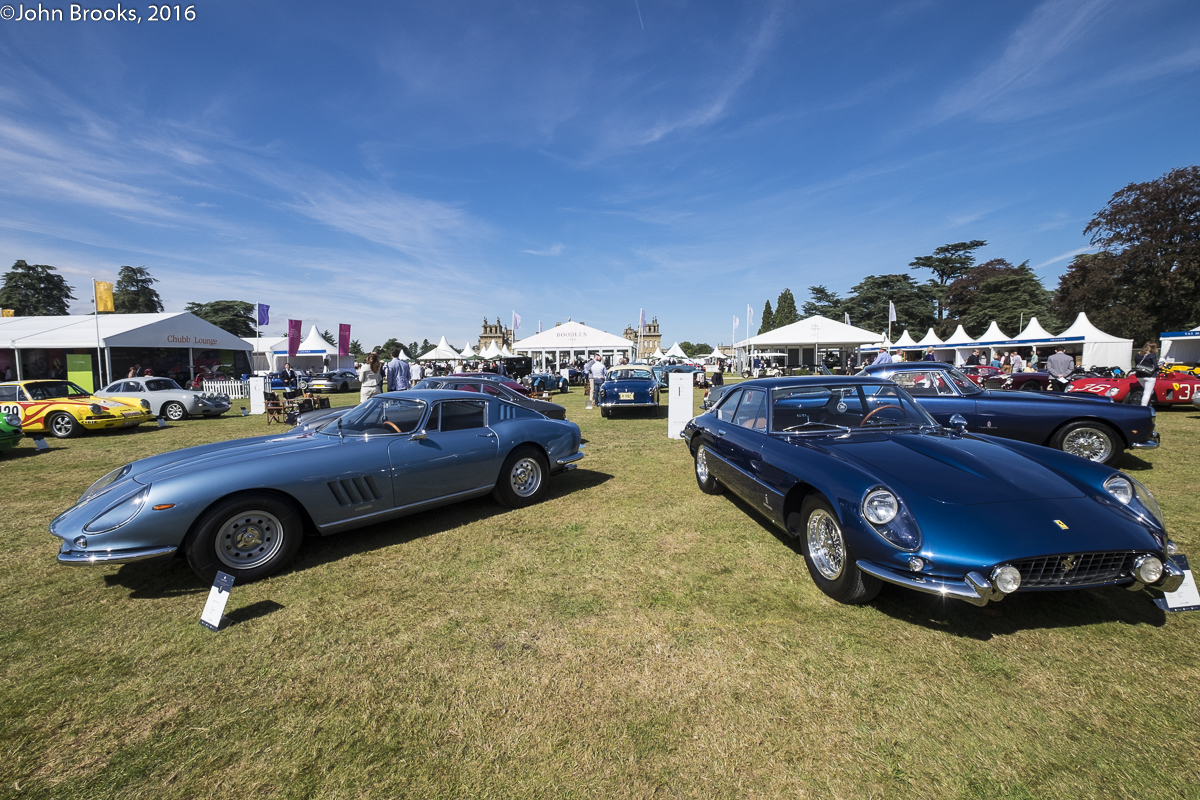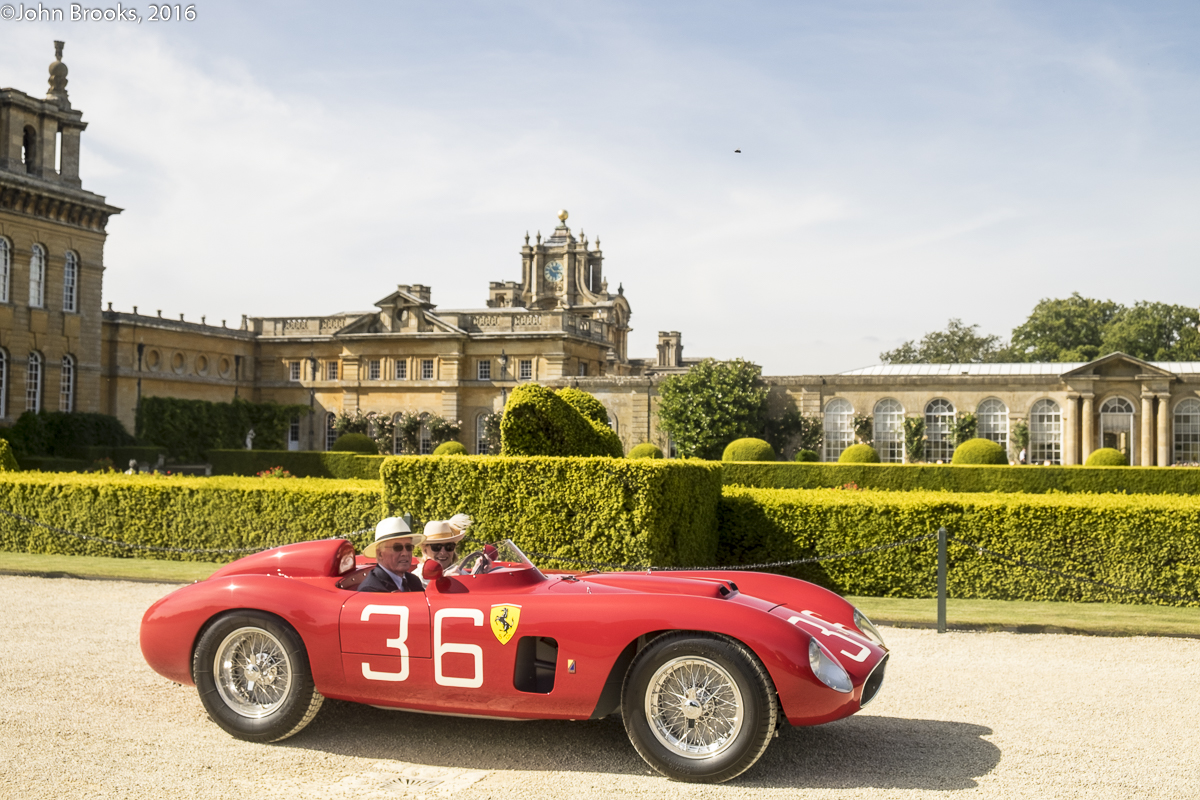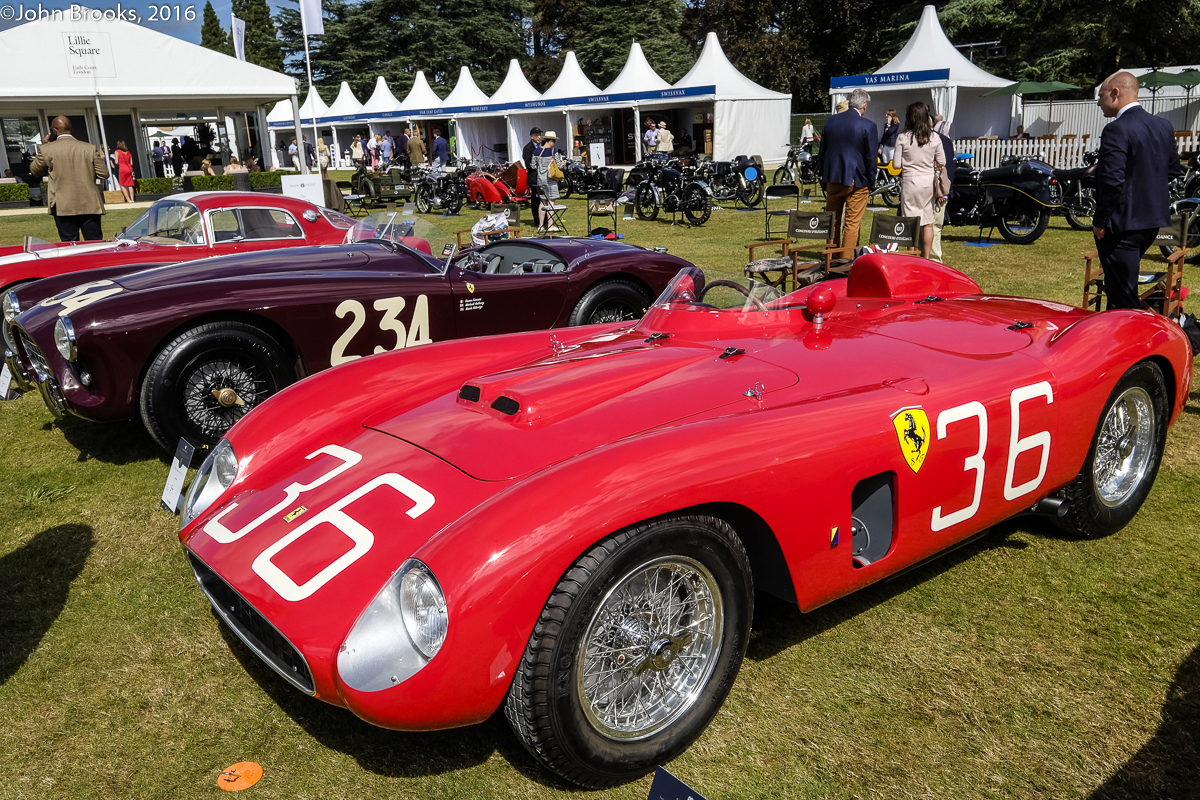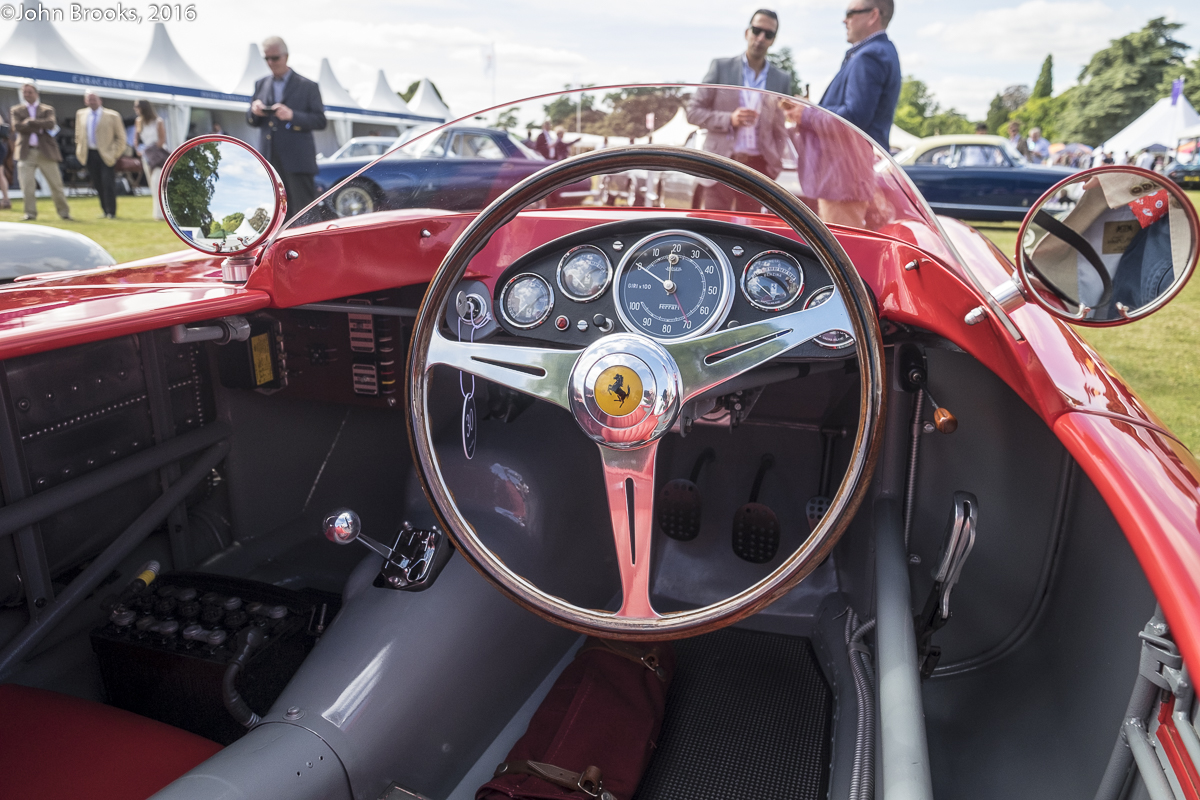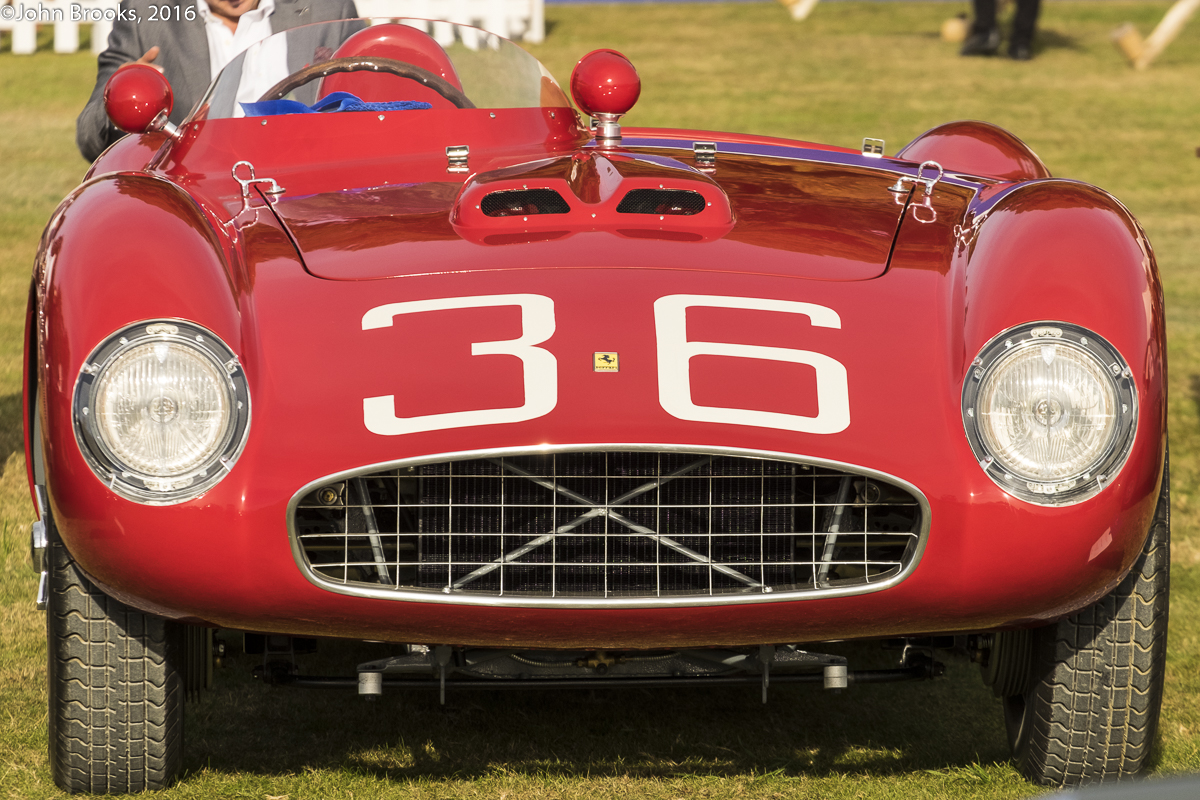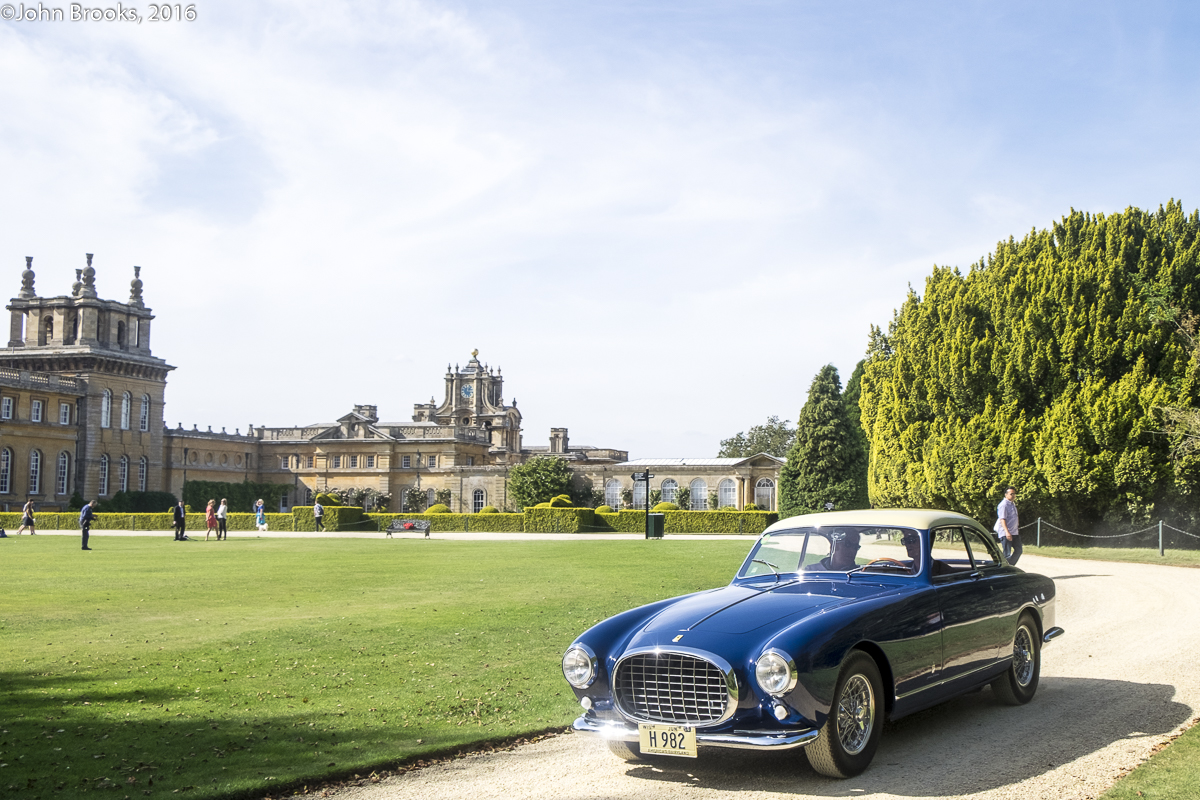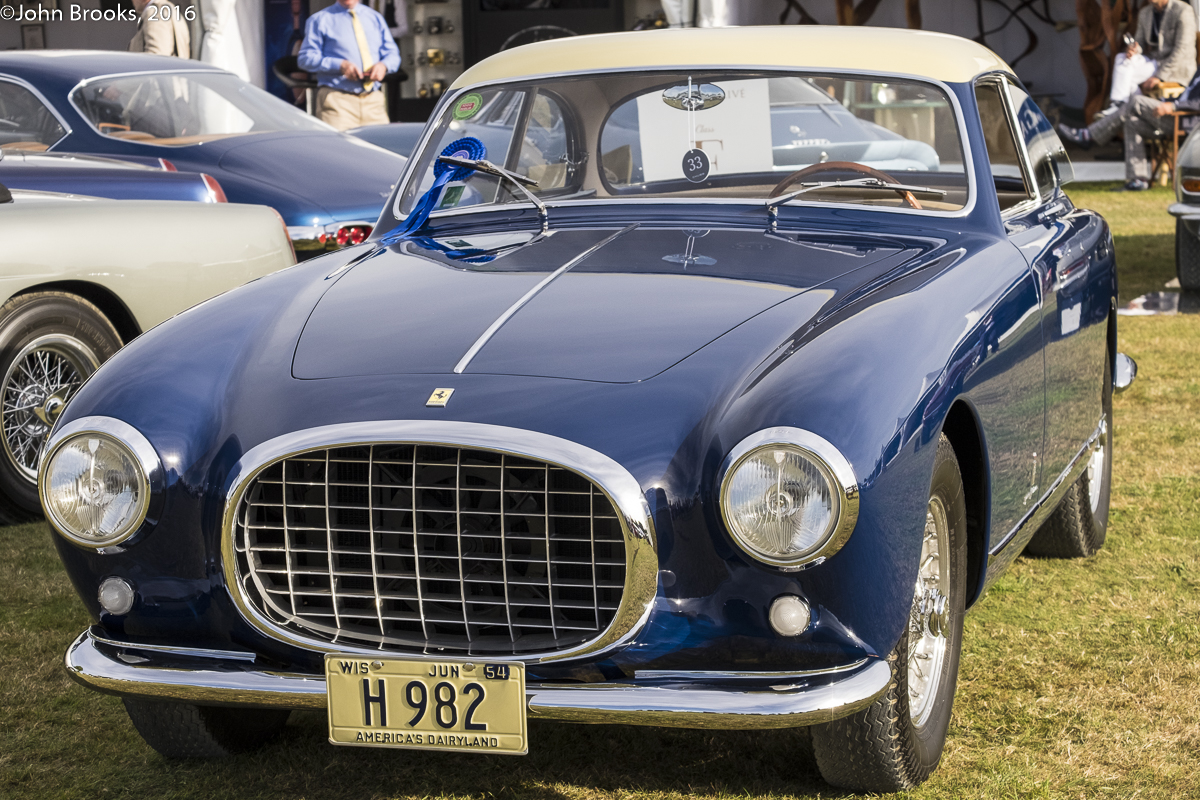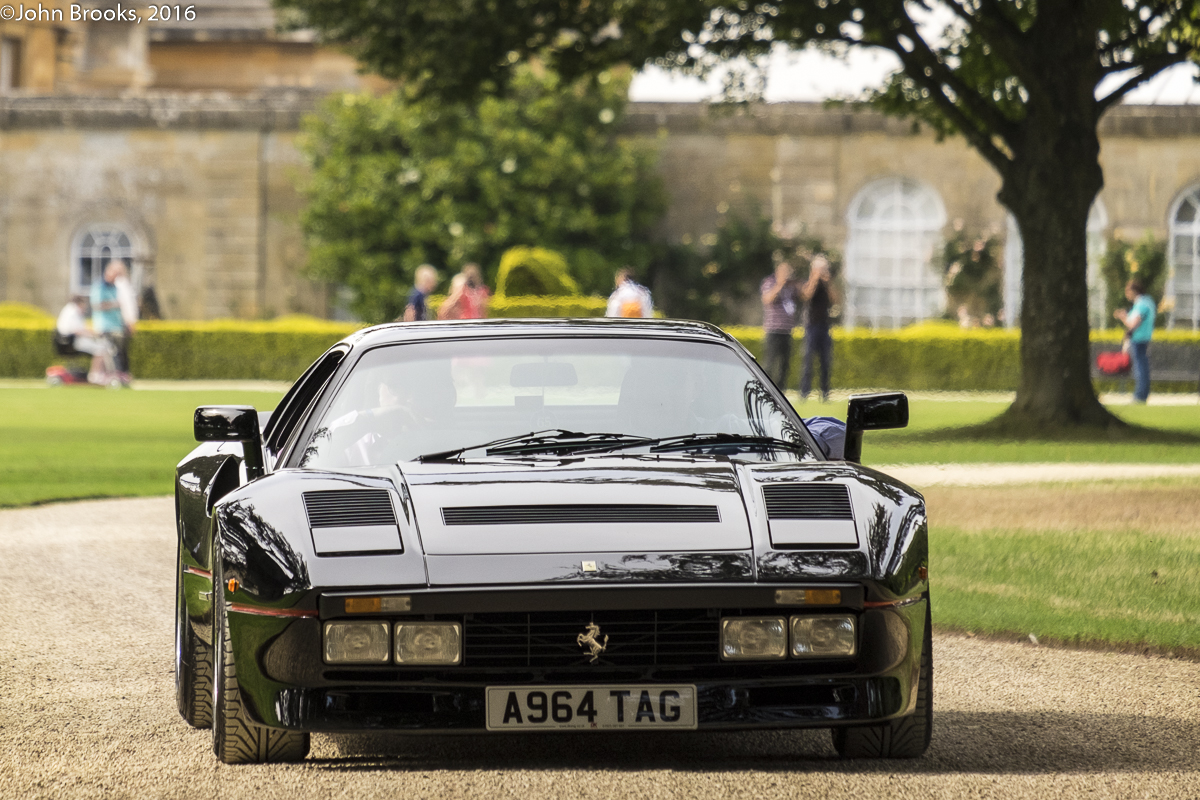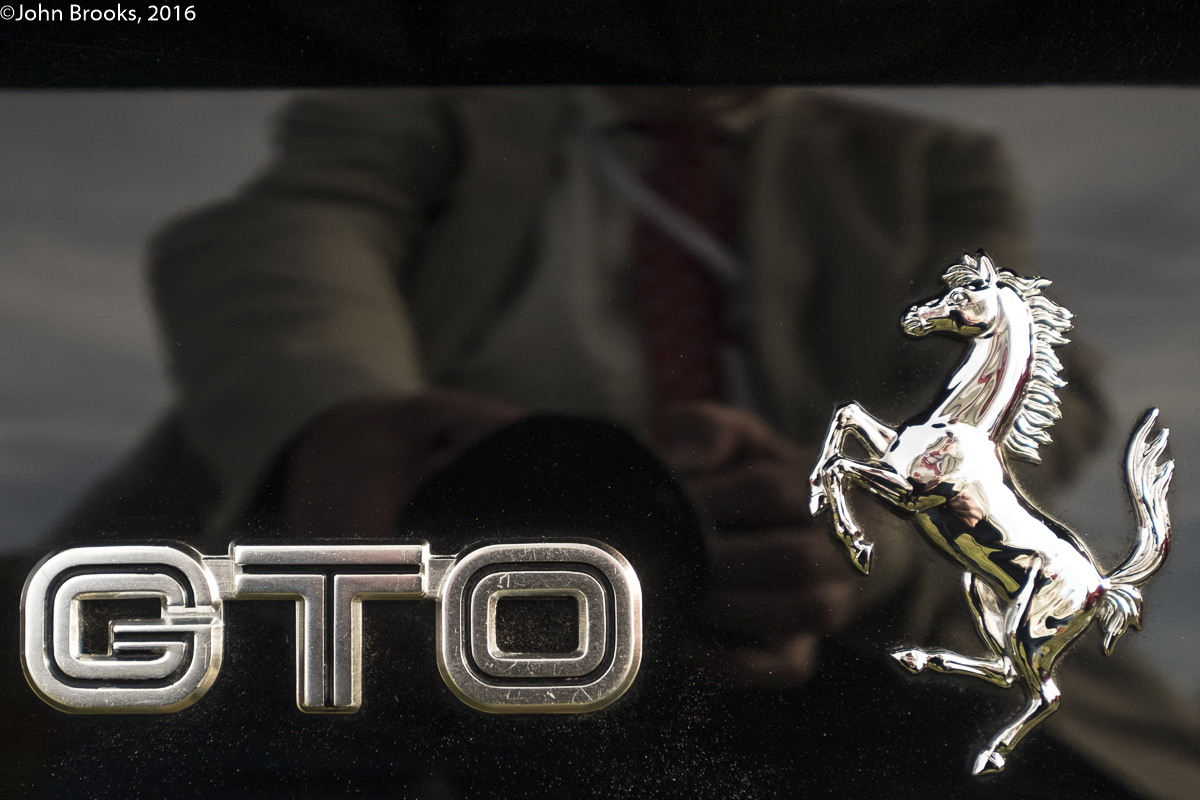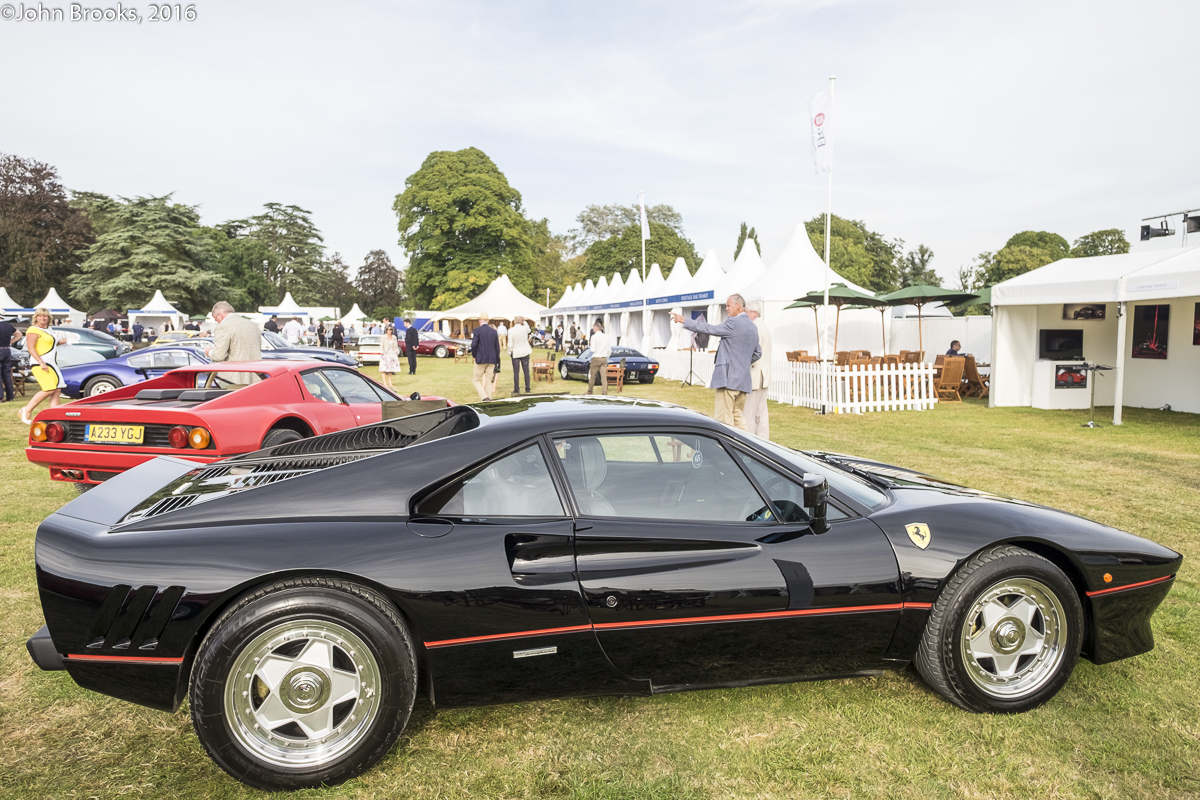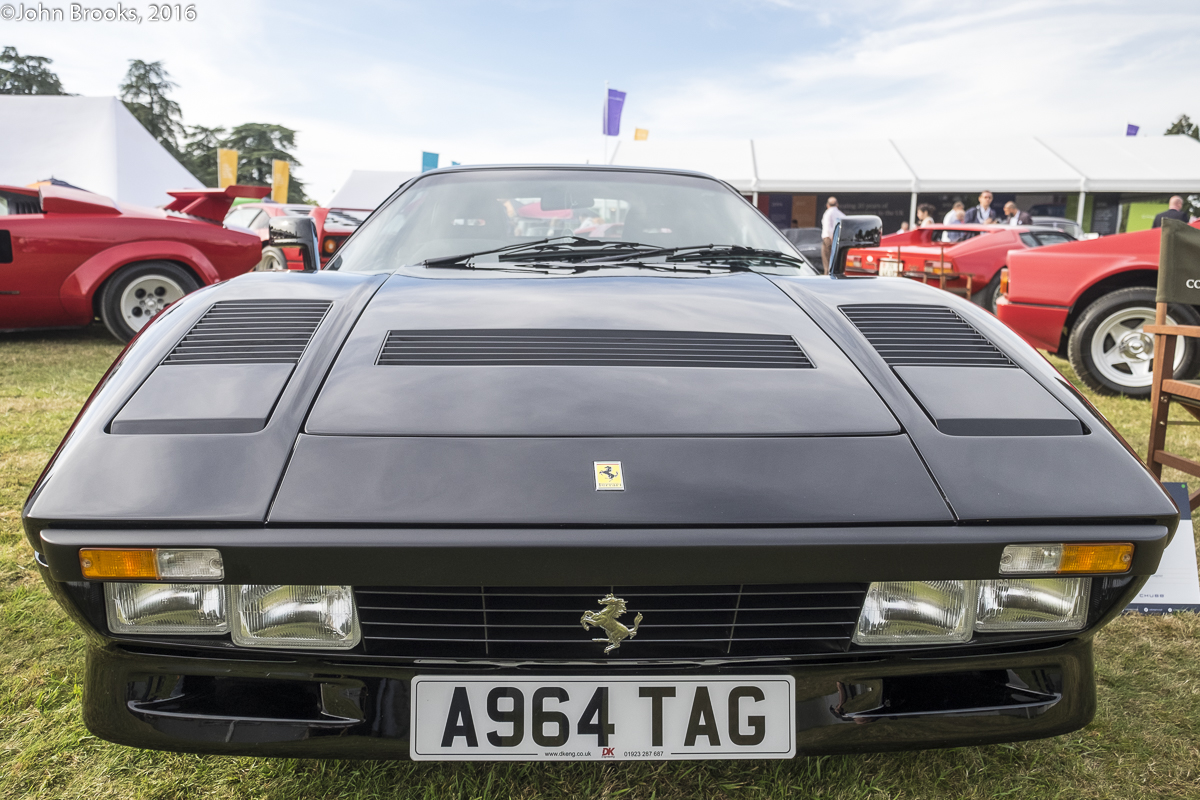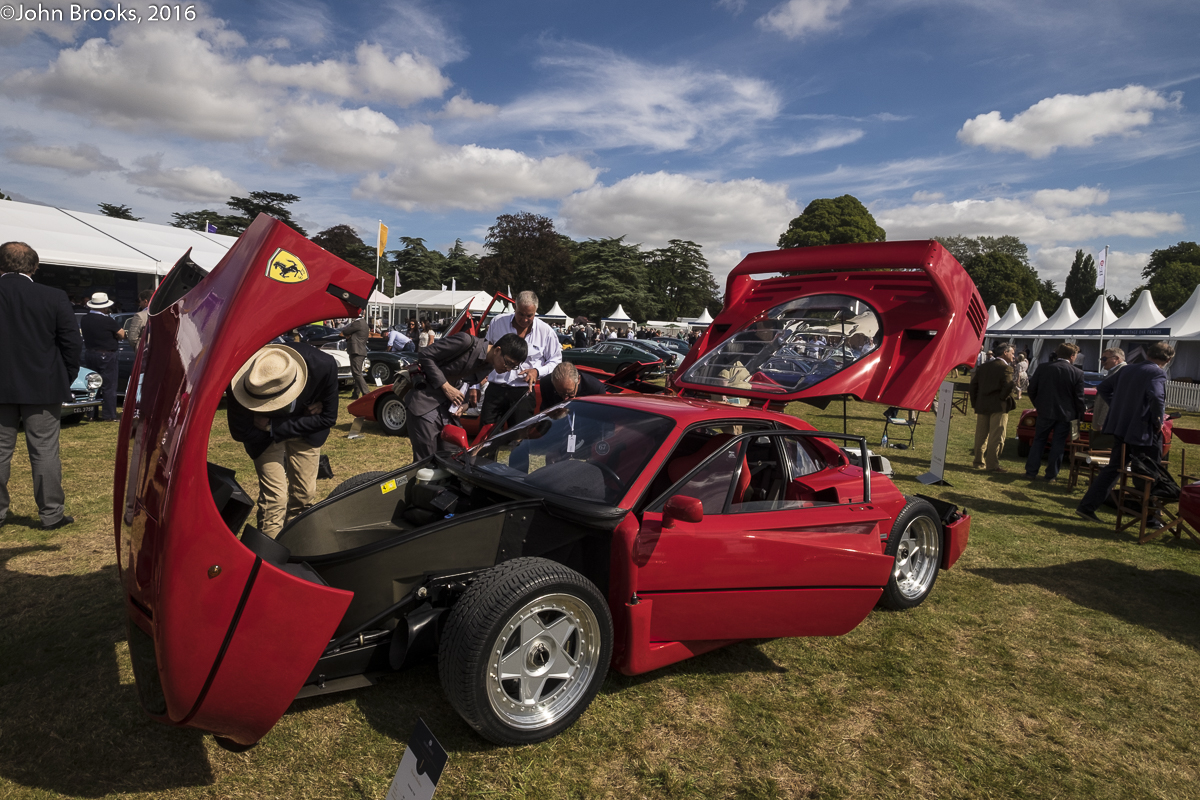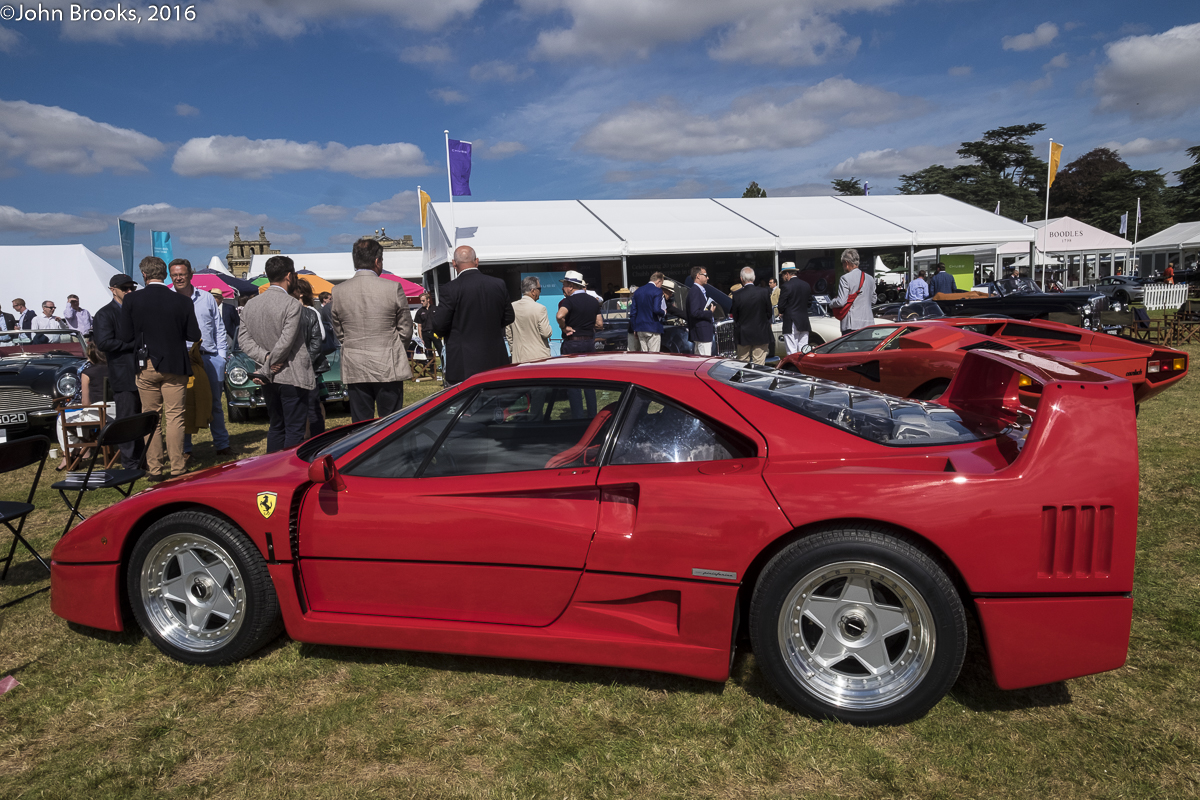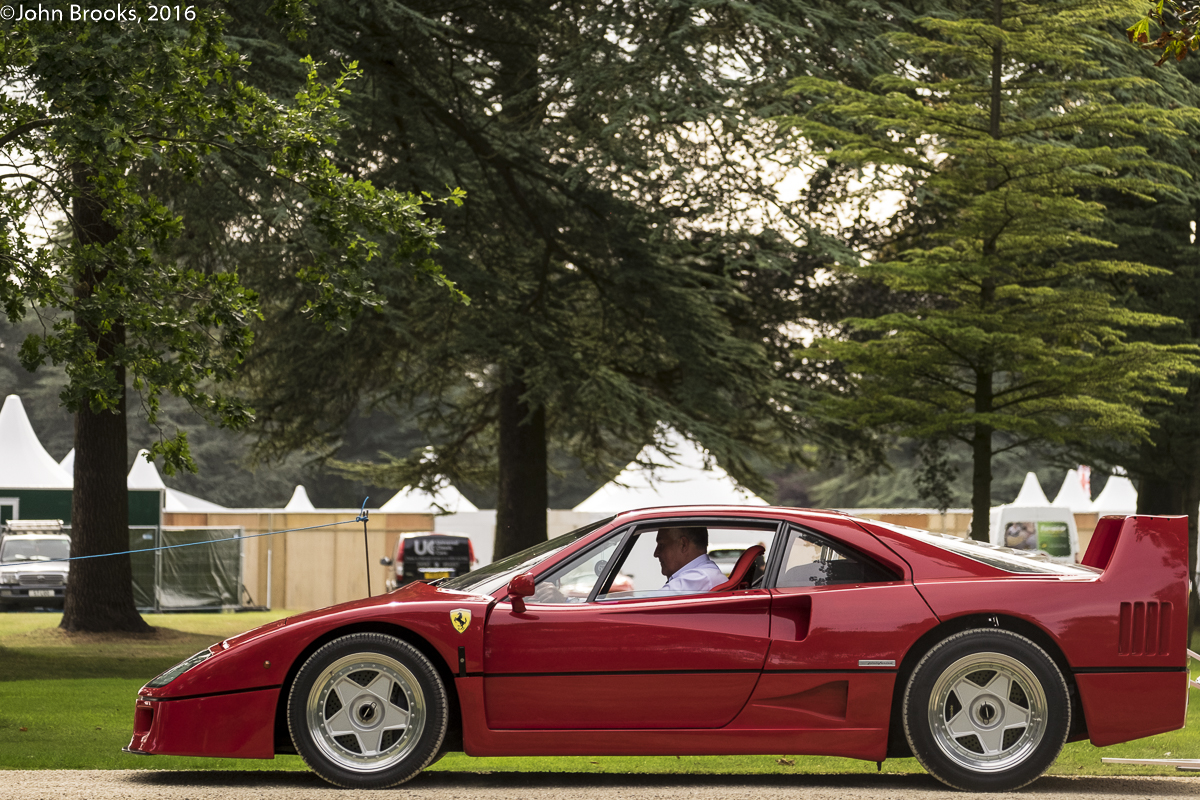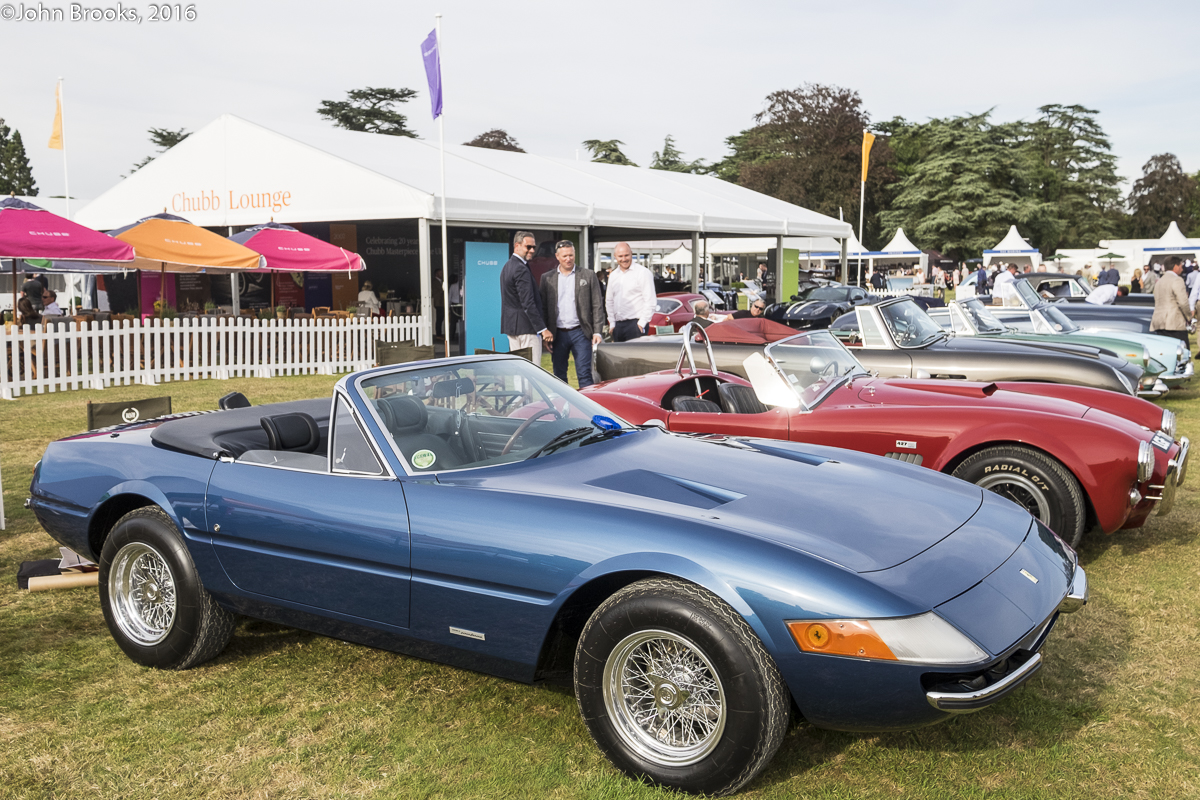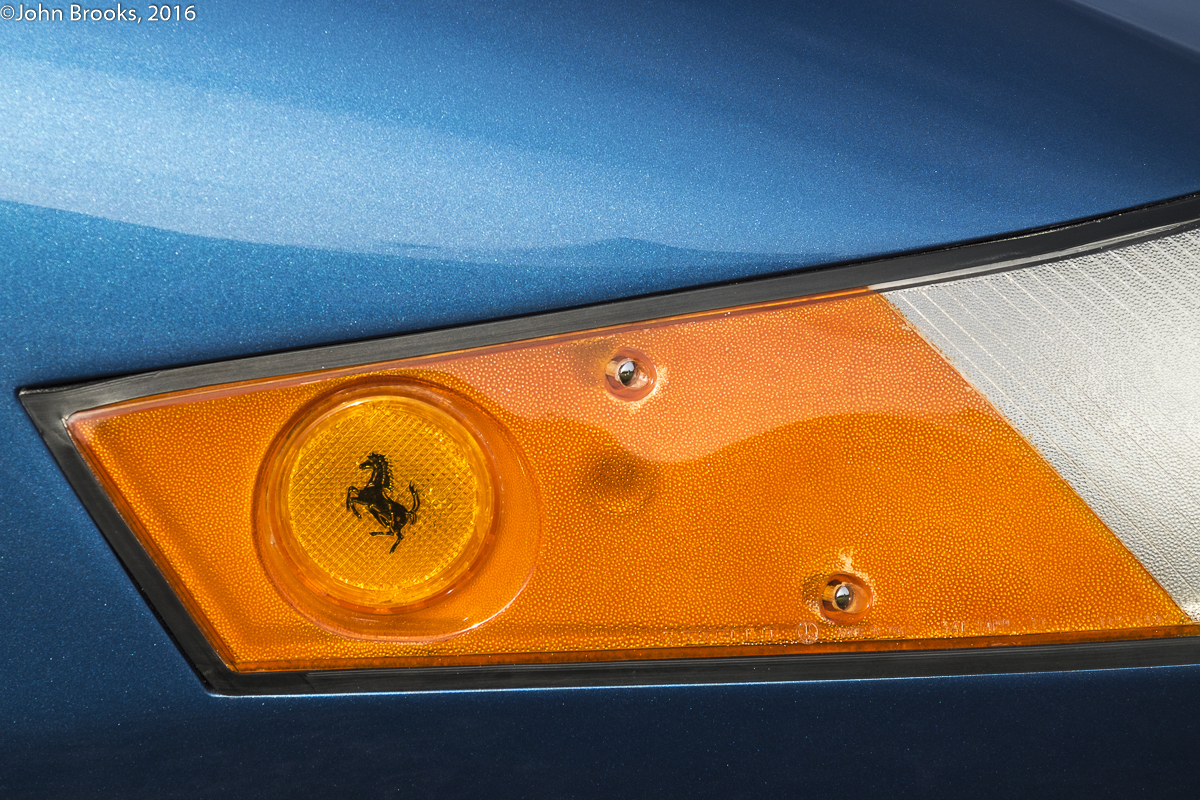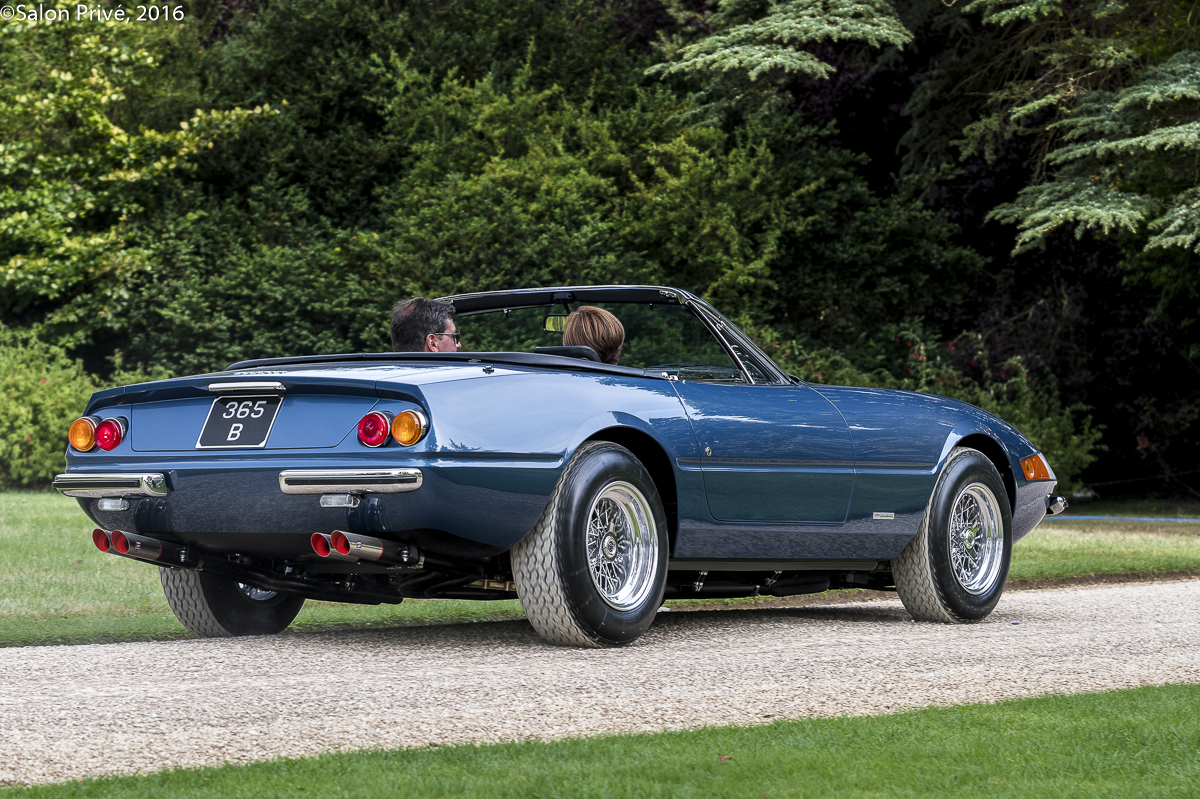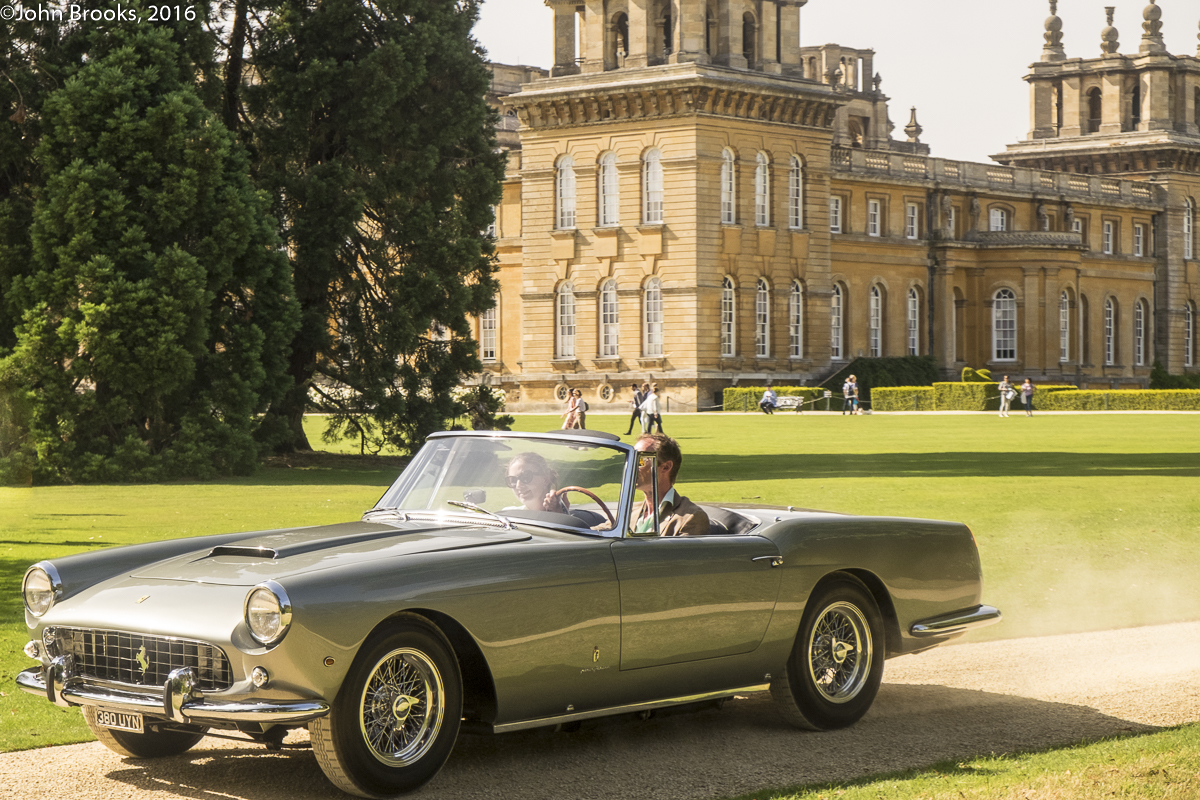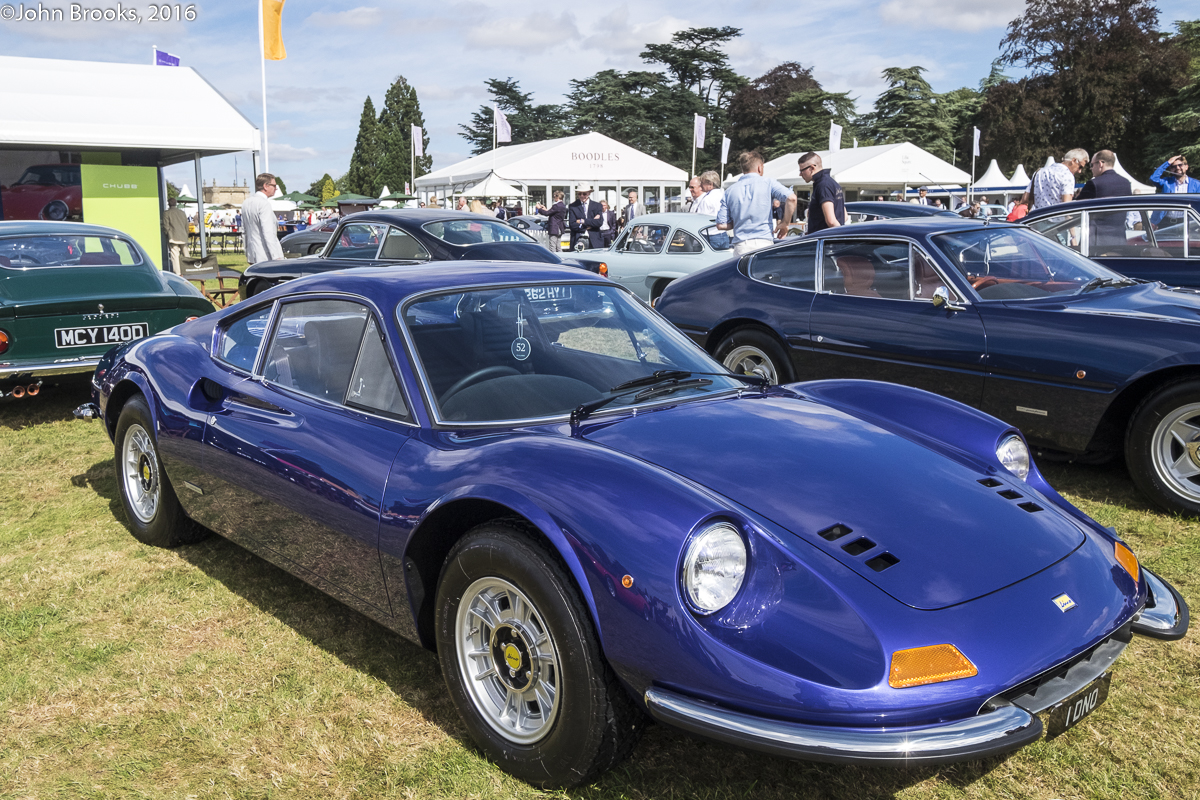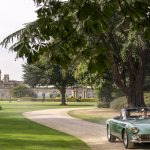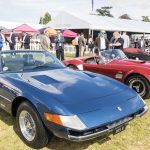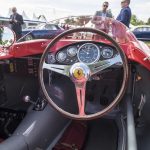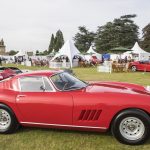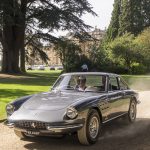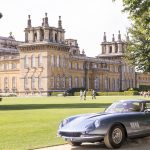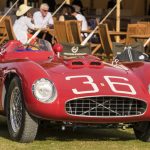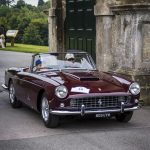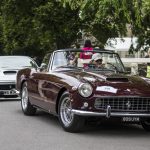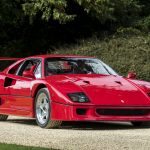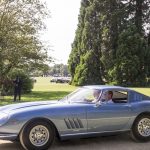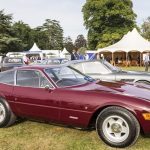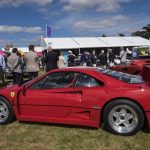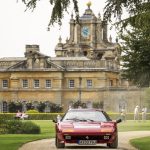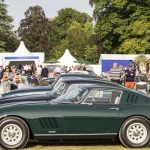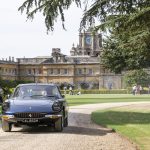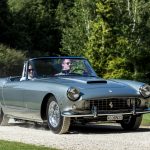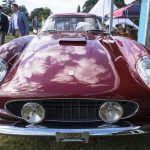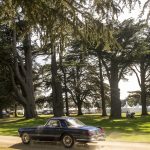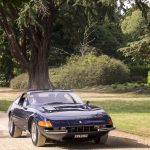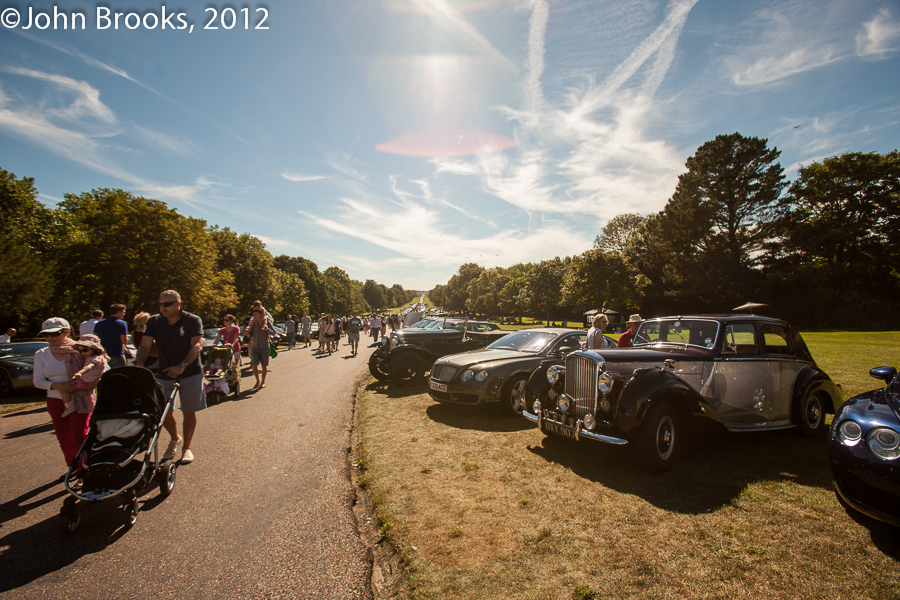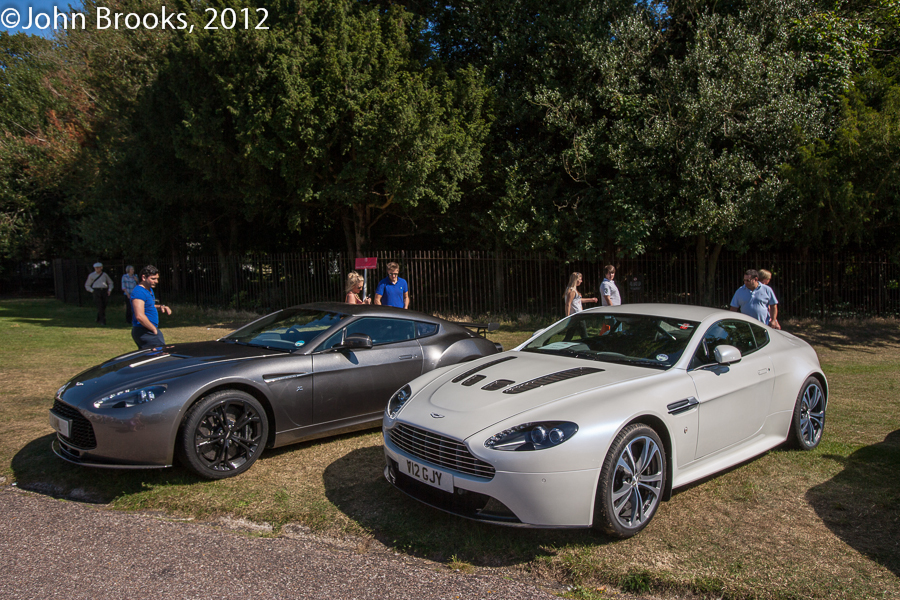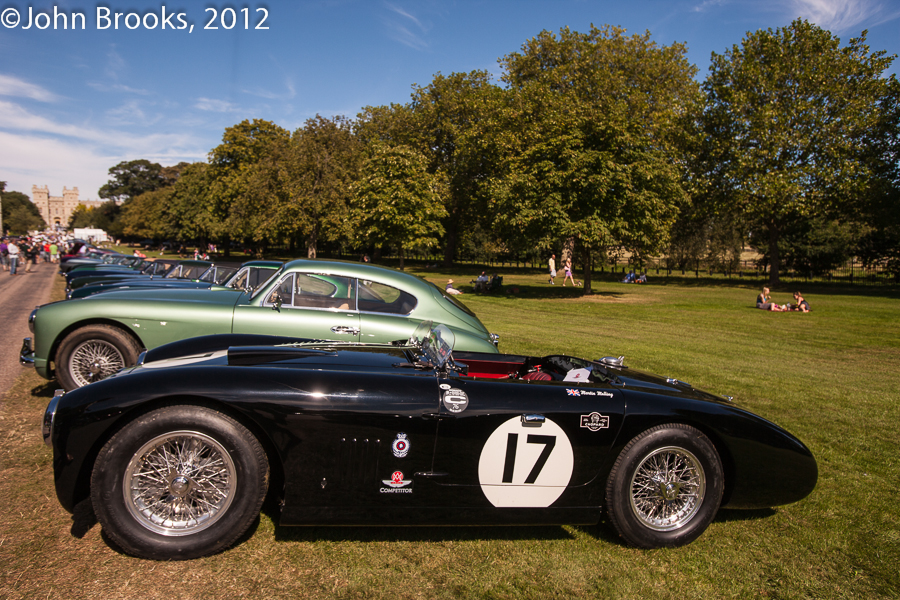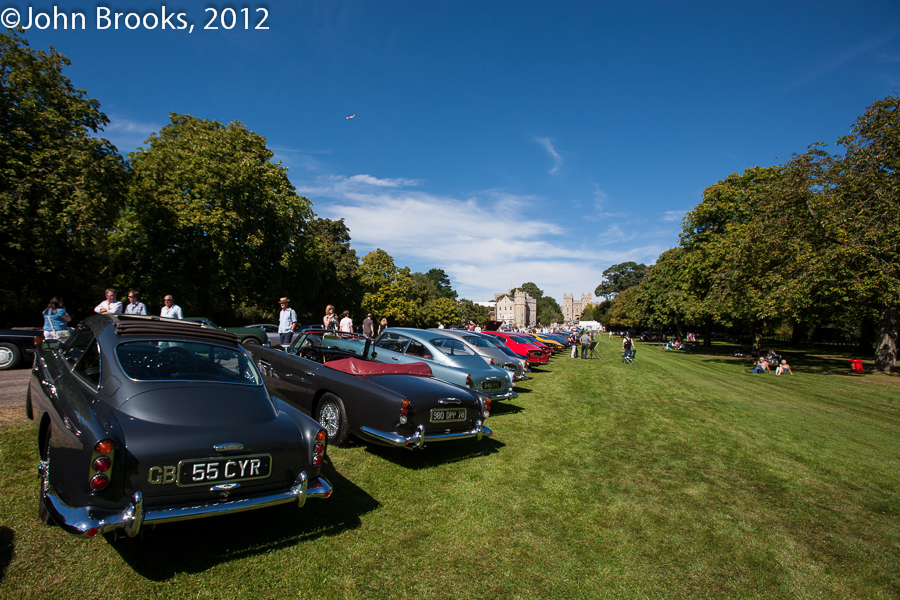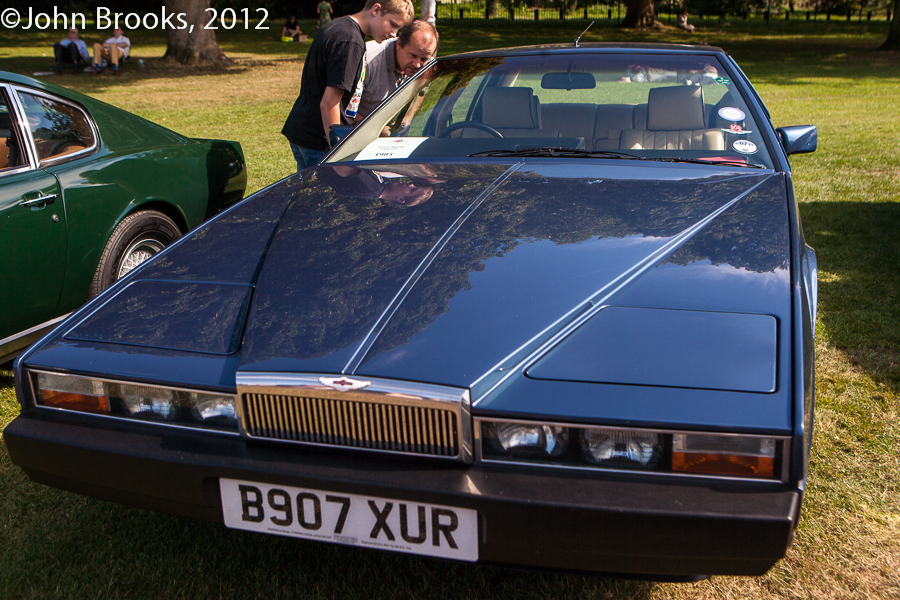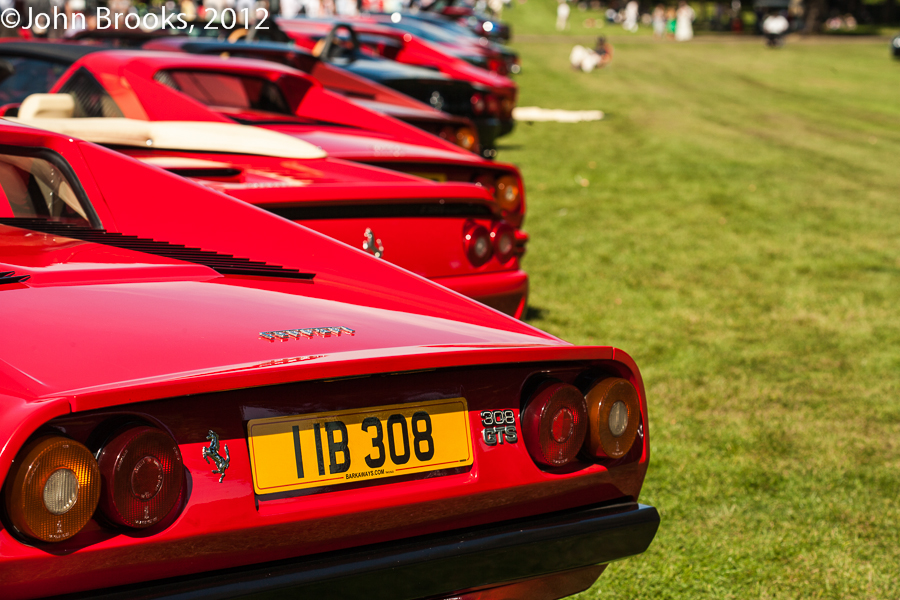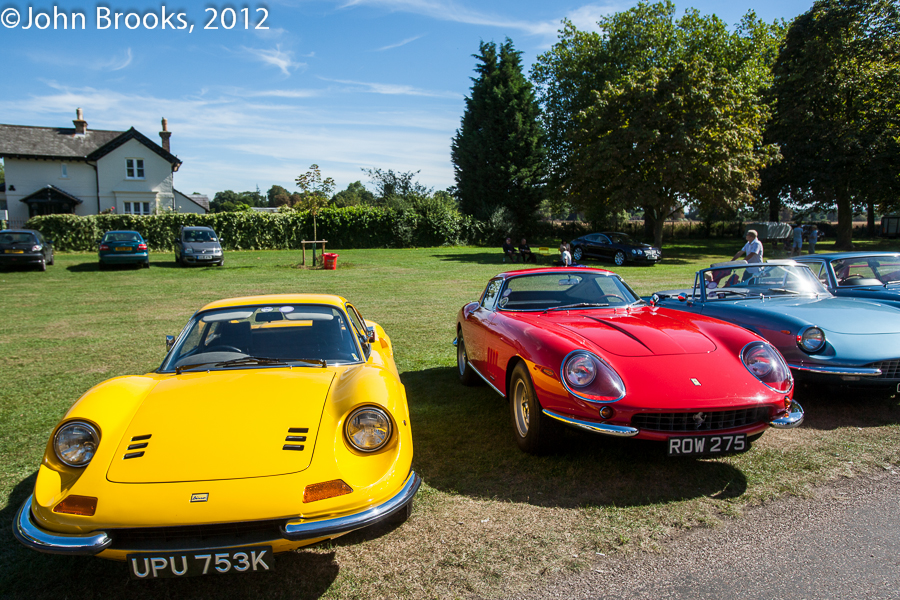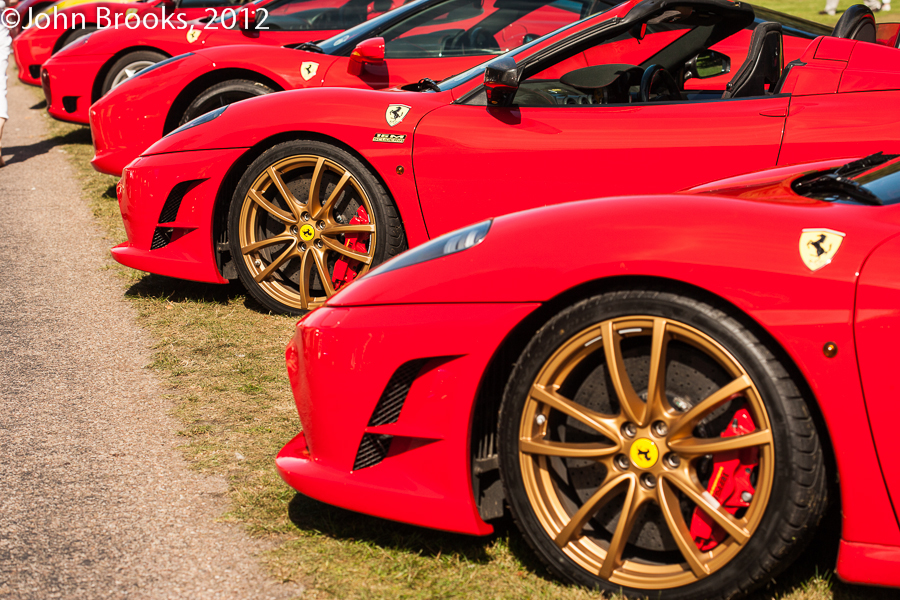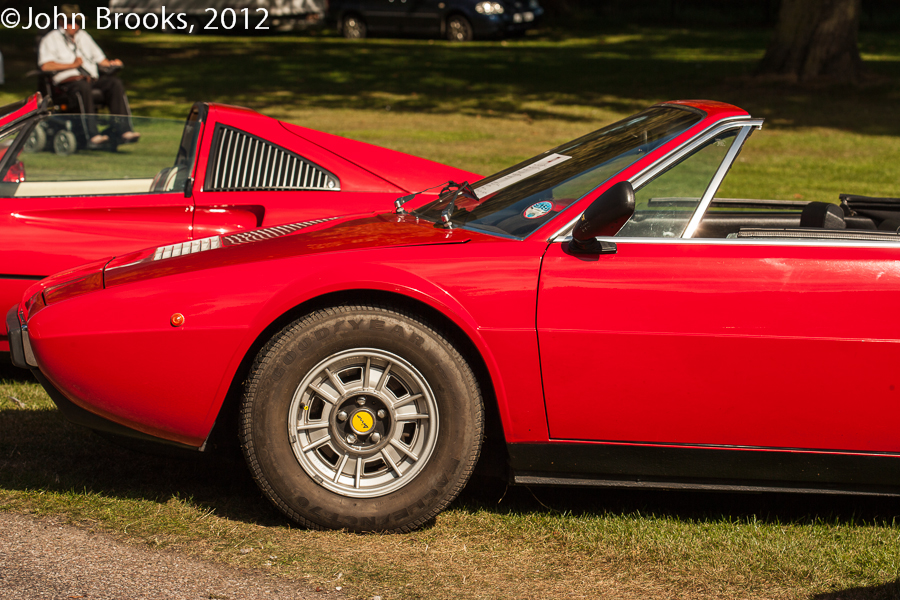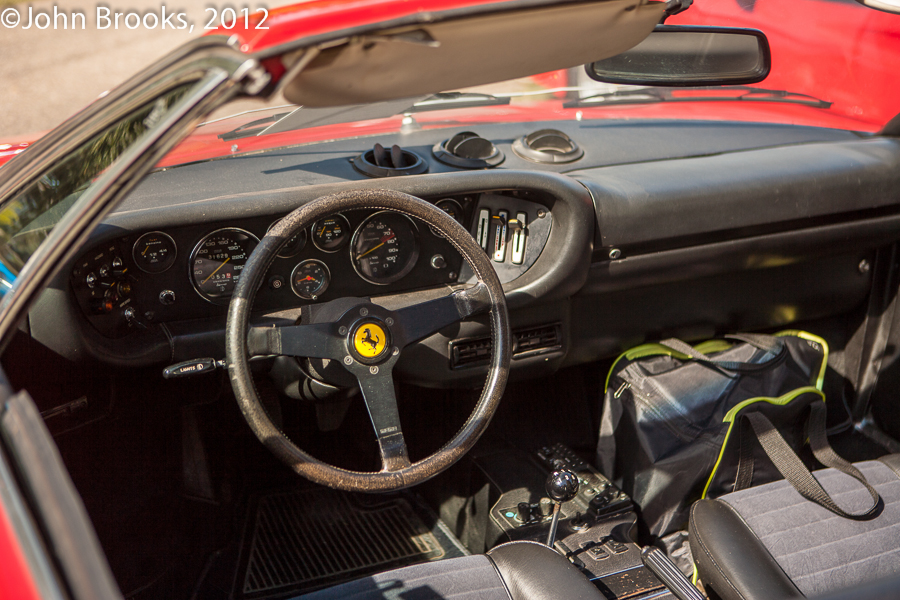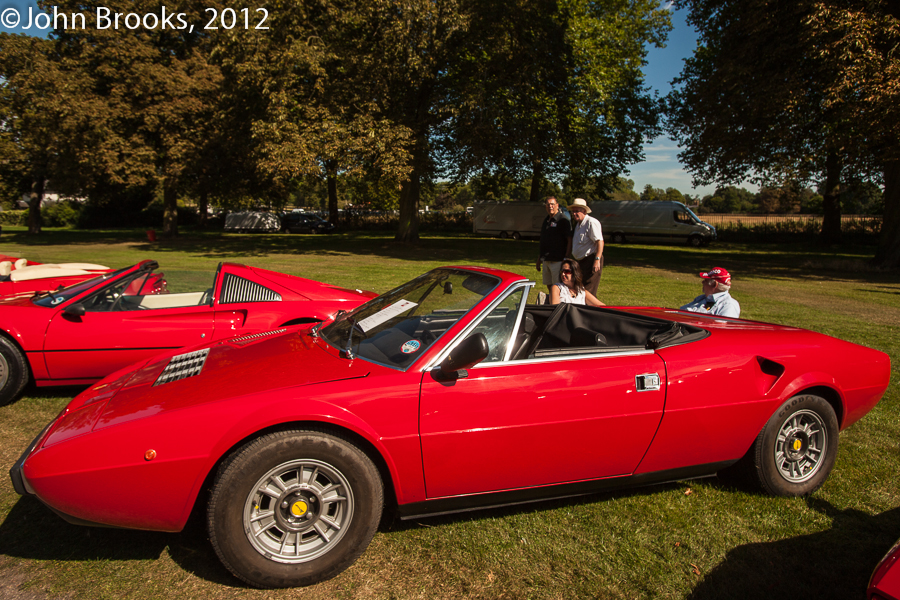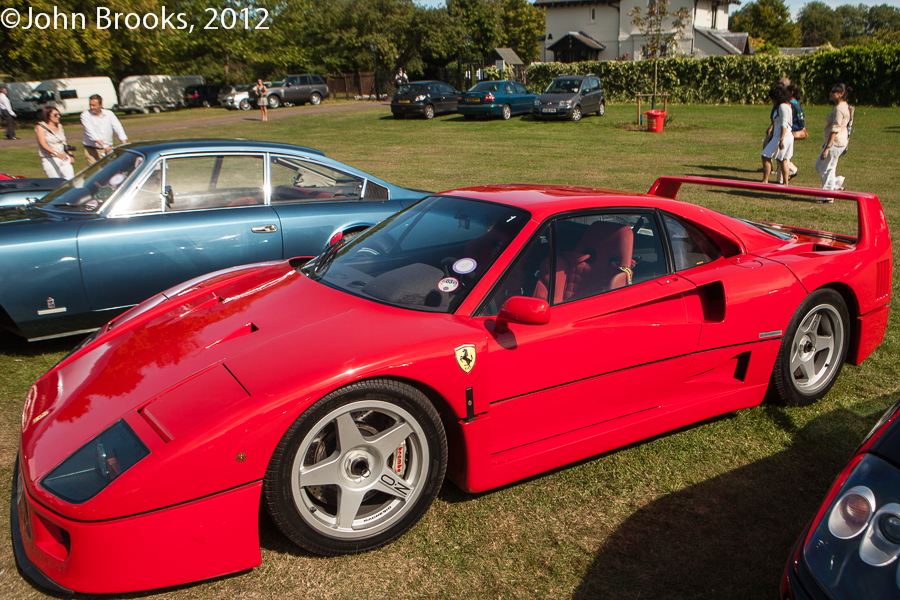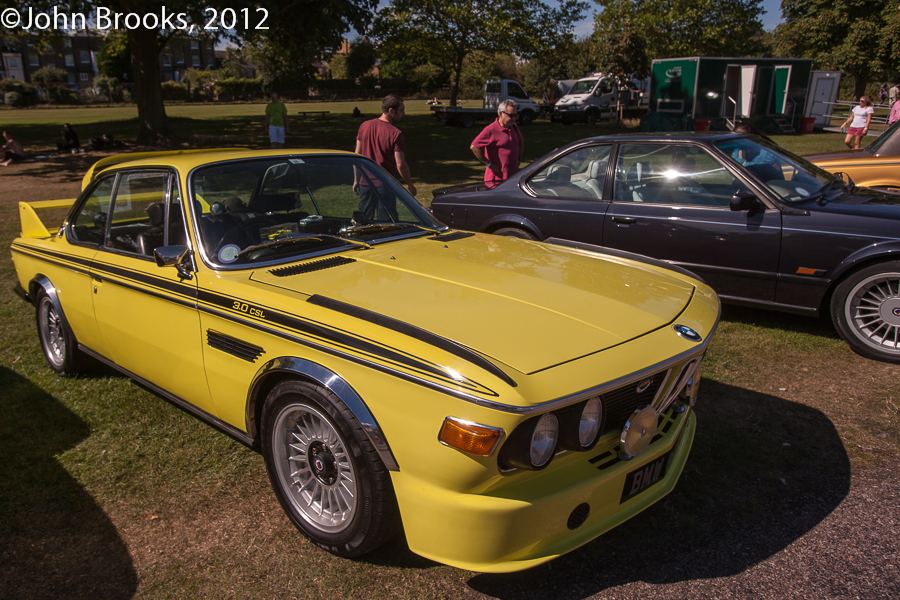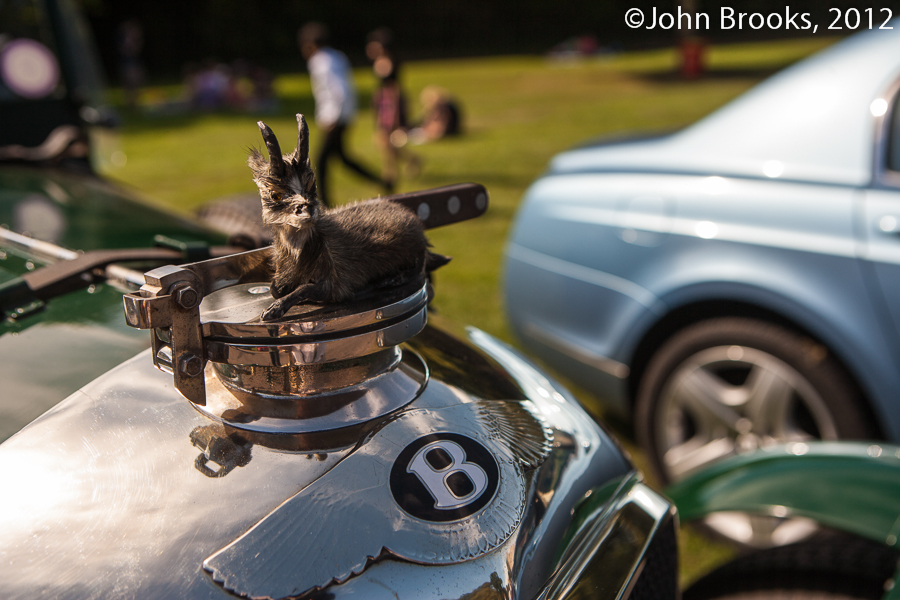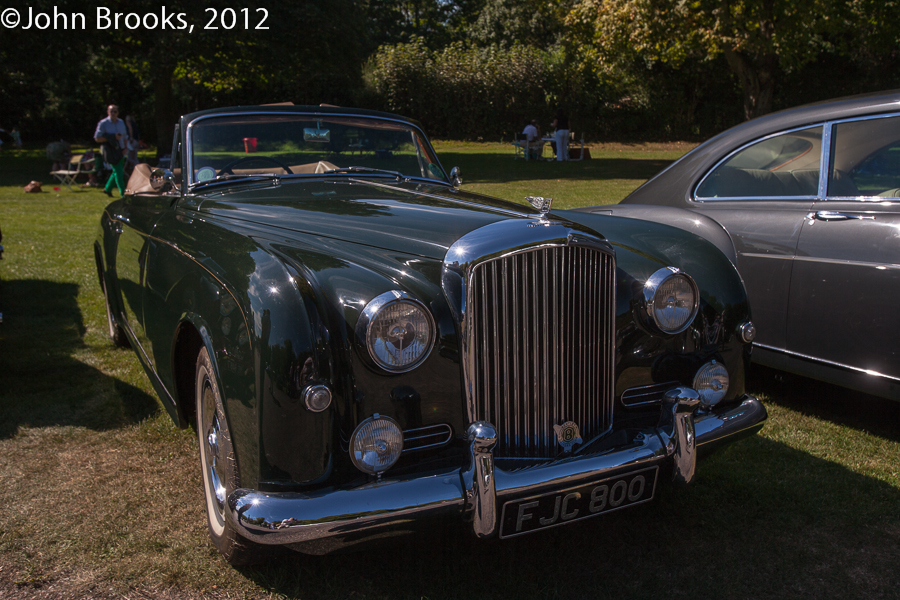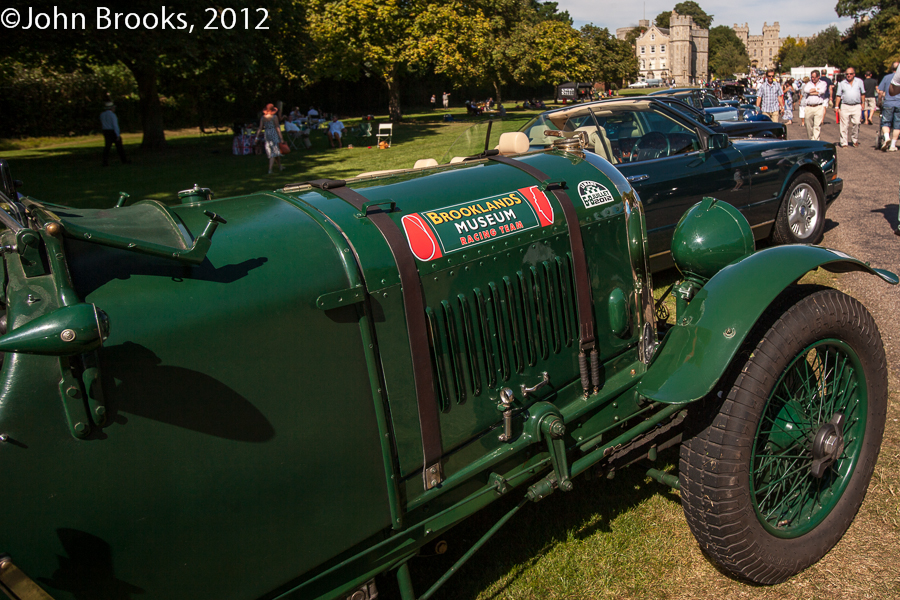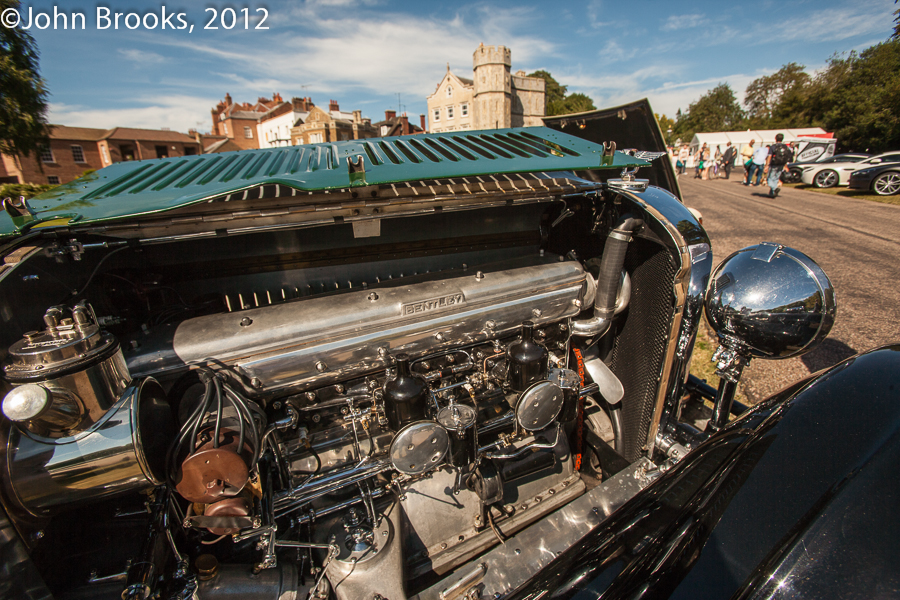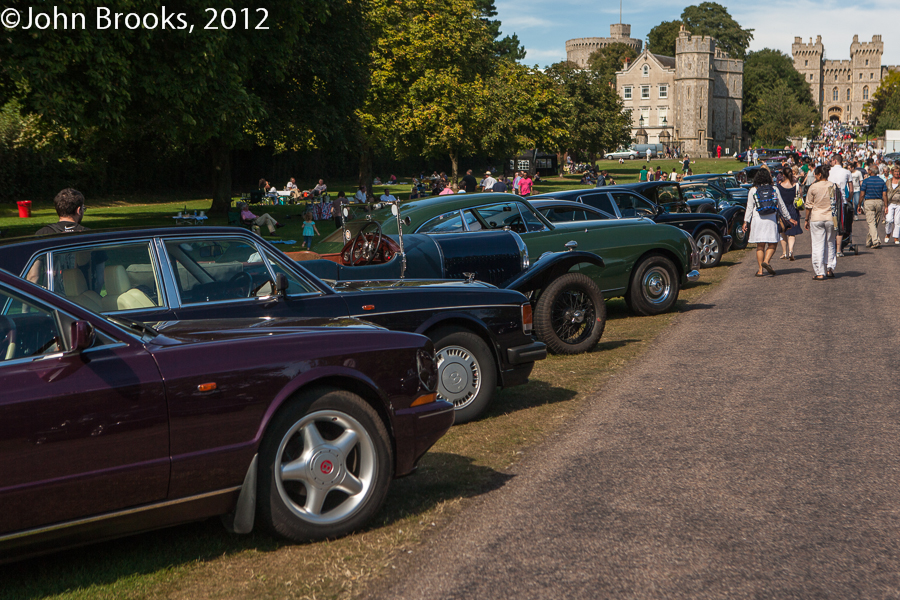Back in 2015 I came up with a theory that you could measure the value of a car event by the quality of the Ferraris on display, a shaky premise to be sure but as good as any other subjective tool. So now at the fag end of the year it is an opportunity to look back at some of Maranello’s finest that I encountered on my travels.
The approach of autumn is heralded by some of the finest car events of the year. Salon Privé continues to delight those of us fortunate enough to attend with an eclectic selection of cars for our delectation and the Ferrari crop in 2016 is no exception to this rule.
Perhaps the place to start is at the top and the 2016 Best in Show which was awarded to this fantastic Ferrari 500 Testa Rossa which has recently been totally restored by DK Engineering, whose painstaking skills have rightly been recognised..
This example, 0614MDTR, has a well documented competition pedigree. Starting life across the Atlantic, the 500 TR became a fixture at the Nassau Speed Weeks in ’56 and ’57 plus appearances at the Cuba Grand Prix, with the original owner, William Helburn scoring a class second with Le Mans Legend, Olivier Gendebien, in February ’57 edition.
A new owner, Boris ‘Bob’ Said, took a class win in the Nassau Trophy. Said competed in the 1959 US Grand Prix at Sebring and was the father of well known endurance and NASCAR driver, Boris Said III. The Ferrari was sold on again to James Place, who campaigned it at Meadowdale and Elkhart Lake, eventually sticking a Chevvy engine to replace the 2-litre, four cylinder Italian unit. A Ferrari engine was eventually put back and now we have this most elegant mid-50’s barchetta to admire and enjoy.
Another piece of 50’s style from Maranello was this Ferrari 250 Europa. One of two prototypes and the sole example of a short chassis with Pininfarina styling.
Powered by a 3-litre V12 version of the classic this model was the ancestor of the Ferrari 250 GT range.
Fast forward some 30 years, to another legendary Ferrari, the 288 GTO. Back in 1982 the FIA introduced Group B regulations to encourage a move to production-based cars for competition as opposed to the prototypes in Group C that raced in the World Championship and Le Mans. A minimum production run of 200 examples was mandated but the laws of unintended consequences intervened. Porsche and Ferrari considered building cars for the tracks, whereas Austin-Rover, Audi, Ford, Lancia and Peugeot introduced Group B cars to rallying. The vastly increased performance of the new cars led to several incidents with spectators being killed or injured. The final straw came with the deaths of Lancia star, Henri Toivonen, and his co-driver, Sergio Cresto, on the Tour de Course, when, inexplicably, their Delta S4 left the road and caught fire. Group B was finished, cancelled by the FIA.
One of the reasons that there was little enthusiasm for racing either the Porsche 961 or the Ferrari 288 GTO is that it was cheaper to buy a Porsche 956/962 and have a shot at outright victory as privateer teams beat the Werks car on several occasions, even at Le Mans. The cancellation of the FIA regulations might have caused Ferrari a problem but the designation GTO (Gran Turismo Omologato) guaranteed demand and in the end 272 cars were built. They sold out immediately, the 288 GTO achieved iconic status.
Looking at the auction houses gives a clue as to why this matter, the spiritual ancestor of this car, the 250 GTO, achieves prices way, way in excess of any other car. The 250 GTO is the Holy Grail of Ferraris, the ultimate object of desire for those with ‘Il Cavallino Rampante’ in their hearts. A look through the list of owners of the 288 GTO turns up some well known names, four FIA World Champions, Niki Lauda, Keke Rosberg, Michael Schumacher and Bobby Garretson. F1 notables such as Adrian Newey, Eddie Irvine, Walter Wolf, Jean-Pierre Van Rossem and Michele Alboreto have had a 288 GTO as have endurance racing stalwarts Fredy Lienhard, John Bosch, Giuseppe Lucchini, Hans Hugenholtz, Martino Finotto, Rik Bryan and Jean Blaton aka ‘Beurlys’. Arguably the most famous owner was front-man from the Rolling Stones, Mick Jagger, proving that
You can’t always get what you want
But if you try sometimes you just might find
You just might find
You get what you need
However it was not just sentiment or the collection of stars that purchased the car that makes it special, the 288 GTO was a very important car in the Ferrari story. It was the first Ferrari to utilise the modern technology developed from motor sport to enhance performance and the driving experience. Powered by a 2.8 litre V8 with twin turbochargers installed longitudinally in a tubular chassis derived from the 308 GTB and clothed by a body made of a glass-fibre or mixes with Nomex and/or Kevlar.
To quote Joe Sackey, author of the book that is the last word on the 288 GTO. ‘This car epitomised a new beginning for Ferrari, and served to popularize its road-going cars in a way that previous models had not. The 288 GTO was truly the last car that Enzo Ferrari had any direct influence on, personally naming the car and setting a mandate for his men which left little doubt about his goals by stating: “What we have to do is build a new version of the Berlinetta. We shall call it the GTO.” ‘ No pressure then, but the result of this encouragement speaks for itself, it is a truly special car, even by the standards of Maranello.
If the 288 GTO had restored Ferrari’s reputation for producing the ultimate supercar, then its successor, the F40, propelled this status to the heavens. The F40 was intended to celebrate Ferrari’s 40th anniversary and it took the performance of the 288 GTO to another level and was claimed to be the fastest car in the world at the time of introduction in 1987 and the first road-legal production car to exceed 200mph.
It was not just the performance but also the dramatic style of the F40 that caused shock waves when publicly unveiled to the world at the Frankfurt Motor Show. Enzo Ferrari was well aware that his time was short, as he was approaching 90, and he encouraged his workers to create the ‘ultimate Ferrari’, he would have felt satisfaction at the results of his encouragement.
Available only in ‘Rosso Corsa’ and despite the eye-watering price tag, the F40 was a best seller, 1,311 examples were produced in the production run stretching from 1987 to 1992. The Ferrari F40 is right up there in the pantheon of Maranello’s heroes.
Any serious consideration of the roll call of Maranello’s Heroes would have to include the 365 GTB/4 or perhaps the even more precious 365 GTS/4. This handsome beast catapulted Ferrari back to the top of the supercar tree in the face of the challenge of the Lamborghini Miura, much as the 288 GTO and F40 would do in the following decades. Moreover the car was nicknamed as the ‘Daytona’ in a salute to the 1-2-3 victory in the 1967 edition of the Daytona 24 Hours, despite heavyweight opposition from the normally rampant Ford factory effort that suffered with catastrophic transmission failures in all their entries. To beat Ford so comprehensively in their own backyard must have been particularly sweet for Enzo Ferrari, especially in view of the drubbings that Ferrari endured in 1966 at the hands of the Detroit giant, the Daytona designation was allowed to stick.
The Daytona was first presented at the 1968 Paris Salon and although production was slow to begin with, by the time the model was replaced in 1973 1,284 examples were built. The numbers on the convertible were were much smaller, all but 18 of the 122 production run were destined for the US market and this is one of the few.
The premium attracted by the desirability of the open top has led to some conversions from the original coupé. Author and Ferrari expert, Anthony Pritchard, in his excellent book The Road Ferraris, gets quite cross about this vandalism as he sees it: “Prices of the open cars are ludicrously high, even by classic car standards, and rather foolishly some Berlinettas were rebuilt as convertibles by Autokraft and other concerns, with sellers often anticipating similar prices. Original Daytona Spiders are worth a very great deal of money, but converted coupés simply debase the coinage, and no genuine and serious enthusiast, as opposed to misguided investors, would buy one.” Well that told us.
Another strikingly elegant convertible on display was this 250 GT Series ll Cabriolet that was introduced at the 1959 Paris Salon. 202 examples of this car were made up to 1962.
No assembly of Ferraris would be complete without a Dino and this 246 GT is particularly attractive. The Dino is a truly landmark car in Ferrari’s history. Glen Smale in his great book, Ferrari Design – The Definitive Study had this to say: “Pininfarina readily admit that the stylistic approach of the Dino concept served as the foundation for all successive mid-engined Ferraris. Perhaps this fact serves to highlight the importance of this model.”
So there I rest my case, a high bar has been set and with the 70th birthday of Ferrari in prospect the Salon Privé will have its work cut out to go one better in 2017, I look forward to seeing the results.
John Brooks, December 2016

